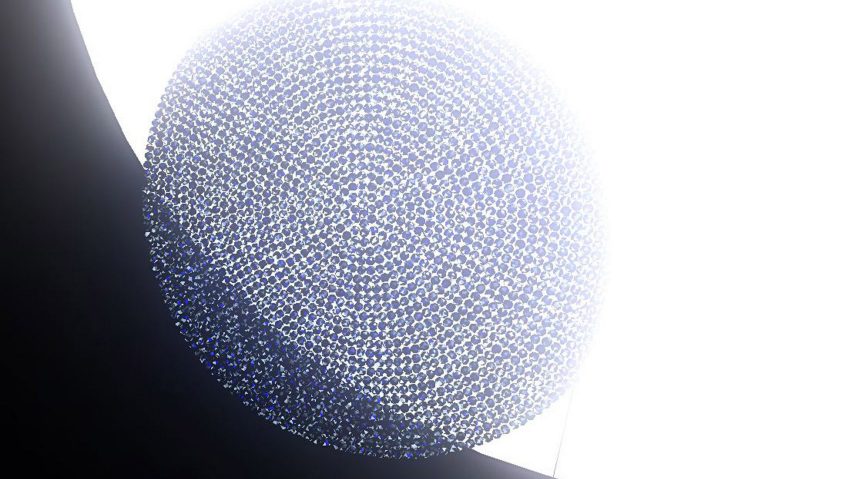
This week researchers proposed using Space Bubbles to shield Earth from solar radiation
This week on Dezeen, MIT researchers revealed a proposal to fight climate change by creating a floating shield the size of Brazil using "space bubbles" that could reflect the sun's rays.
The Space Bubbles research project suggests that a "raft" of frozen bubbles could be positioned between the Earth and the sun to block some of its radiation and thereby reduce the effects of man-made global warming.
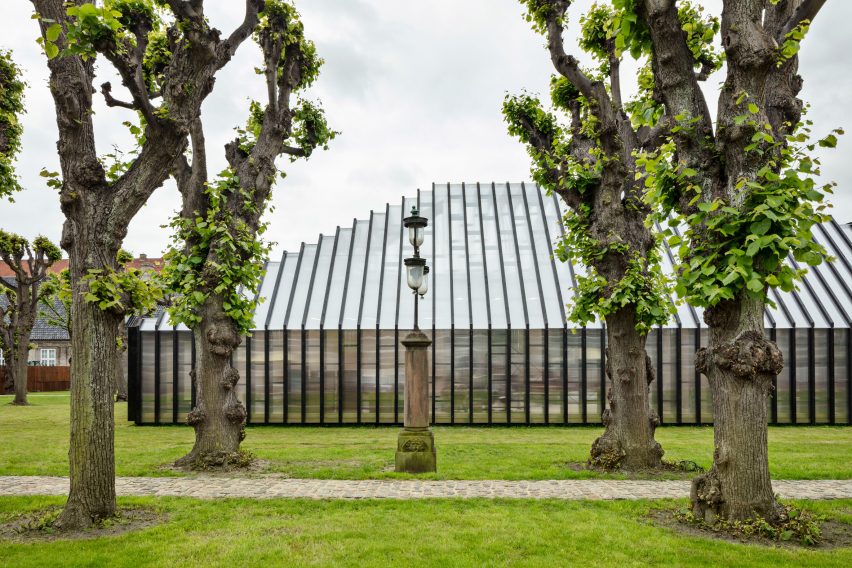
In Copenhagen, the 3 Days of Design festival saw Danish architecture studio Henning Larsen built a translucent pavilion for Fritz Hansen to celebrate the brand's 150th anniversary.
"By working with such a translucent building, the intensity of the light is not so much about sunlight or where the shades are cast, but more about how the building is almost breathing," Henning Larsen partner Eva Ravnborg told Dezeen.
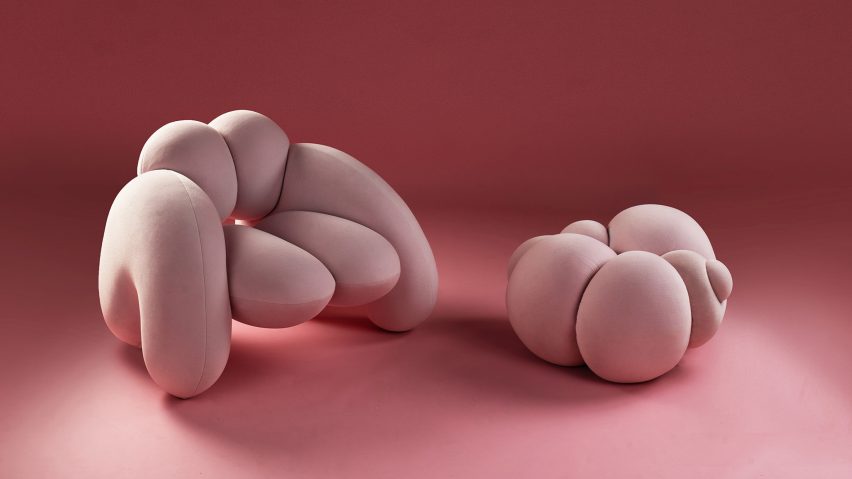
We also continued to report on last week's Milan design week, which designers and brands told Dezeen had an energy level that "exceeded the pre-pandemic level".
Installations at the event included a playful showcase of rare and unseen Alessi products to mark the brand's centenary, a voluptuous seating collection by Lara Bohinc (pictured) and a display made from packing crates by Studio Swine.
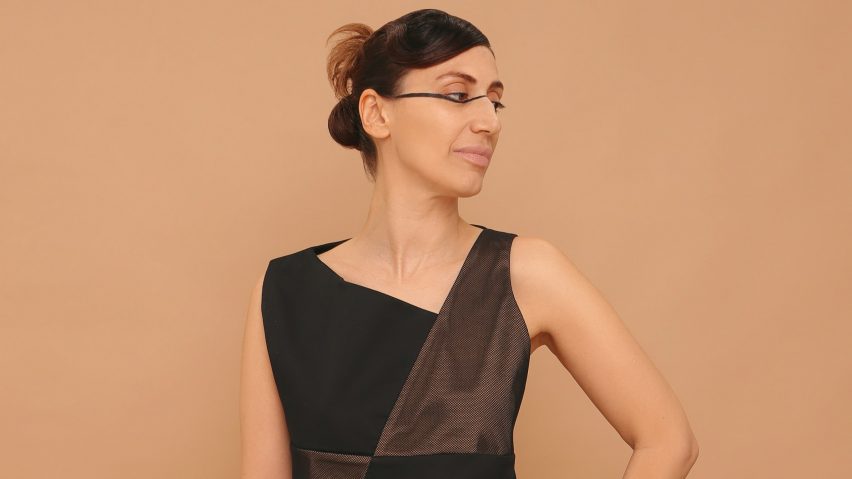
The fallout from a damning report into the toxic teaching culture at London's Bartlett School of Architecture continued this week as whistleblower Eleni Kyriacou, who initially exposed allegations of racism and sexism at the school, told Dezeen that she "felt vindicated" by the report.
Simon Allford, the president of the Royal Institute of British Architects, responded to the investigation by saying that the RIBA is considering introducing a code of conduct for academic institutions.
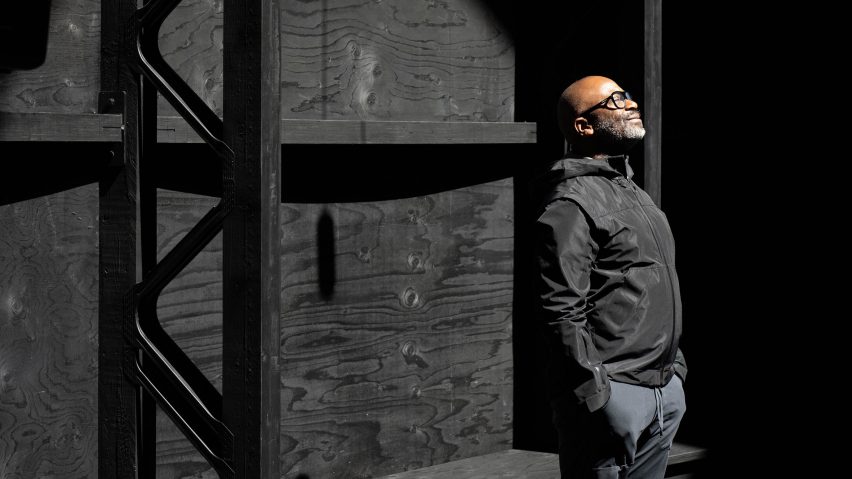
Following the unveiling of this year's Serpentine Pavilion we spoke to its designer Theaster Gates, who was the first solo artist to be given the commission in its 22-year history.
In an exclusive interview, Gates told Dezeen that being an artist meant there was no pressure on him to create an elaborate structure.
"This is a moment where an architect can be ambitious with their architecture," he said. "But in a way, I didn't feel the burden of ambitious architecture."

This week we also spoke to Stefan Al, author of the book Supertall, who selected 11 of the most significant supertall skyscrapers that have been erected since 2010.
Among his selections was SOM's Burj Khalifa in Dubai (pictured), which at 830 metres is the tallest building in the world.
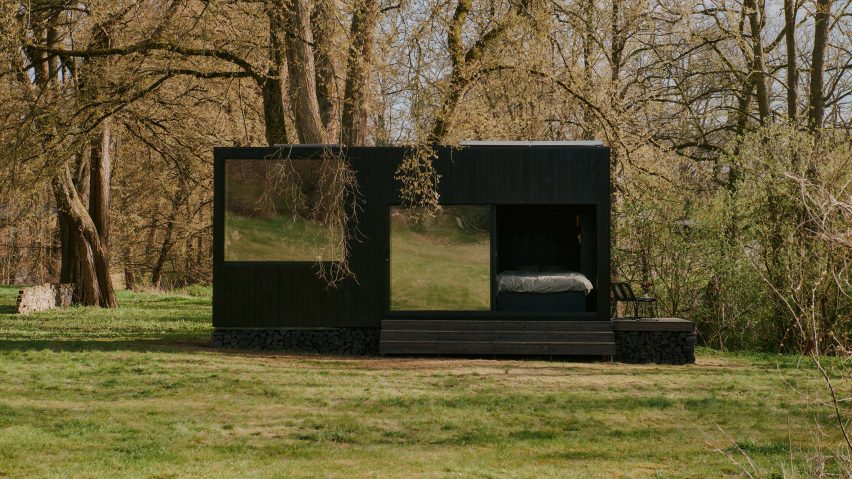
Popular projects this week included a compact timber-clad cabin with panoramic windows, a solar-powered robot chicken coop and a hotel in Paris designed by French-Brazilian studio Triptyque and designer Philippe Starck.
Our lookbooks this week focused on pottery-filled homes and dining areas brightened by statement pendant lights.
This week on Dezeen
This week on Dezeen is our regular roundup of the week's top news stories. Subscribe to our newsletters to be sure you don't miss anything.